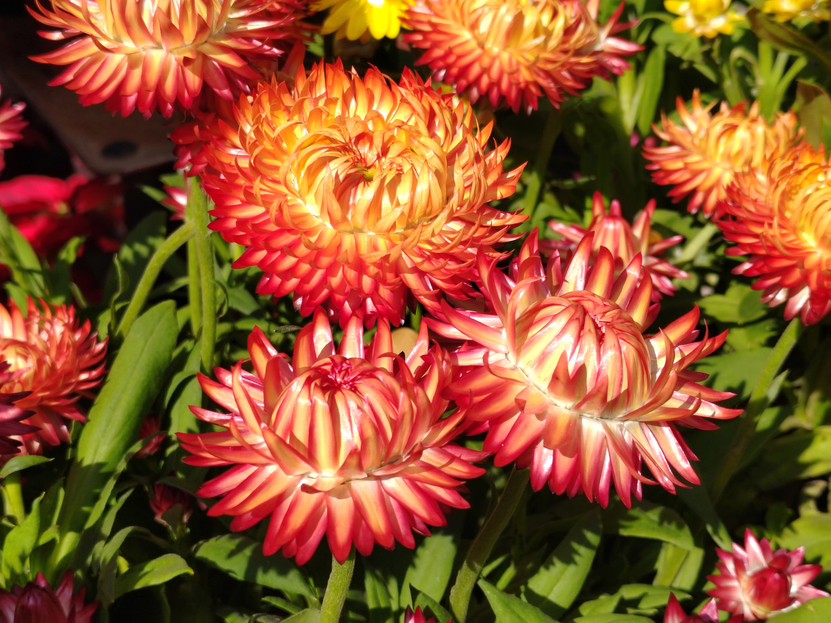
Xerochrysum, commonly known as the Golden Everlasting Daisy or Strawflower, is a radiant flowering plant native to Australia. Its paper-like blooms shimmer in hues of gold, pink, orange, and white -capturing sunlight even long after being cut and dried.
Whether you’re growing Xerochrysum in a pot, garden bed, or decorative planter, it rewards you with continuous color and charm throughout the warm months.
Xerochrysum thrives in full sun, where it can bask for at least 6-8 hours daily. The more sunlight it receives, the more vibrant and abundant its blooms will be. When grown indoors, place it near a bright south or west-facing window. If the light is insufficient, the plant may produce fewer flowers and develop leggy stems.
For those living in cooler or cloudier regions, a grow light can supplement natural light and help encourage blooming during darker months.
Water your Xerochrysum moderately, allowing the soil to dry slightly between waterings. Overwatering can cause root rot, especially in poorly drained soil. During hot summer days, check the moisture every few days - water when the top inch of soil feels dry.
In contrast, reduce watering during cooler months, especially if grown indoors. Always use pots with good drainage, and avoid letting the plant sit in standing water.
After Watering your plant - always be sure to discard the excess water sitting at the bottom of the pot after watering.
Xerochrysum enjoys low to moderate humidity and does well in temperatures between 60–80°F (15–27°C). It’s naturally drought-tolerant once established, making it a great option for sunrooms, balconies, or xeriscaped gardens.
Protect your plant from frost and cold drafts — temperatures below 40°F (4°C) can damage its delicate foliage and buds.
A light, well-draining mix is ideal. Combine potting soil with sand or perlite to encourage proper drainage. Gardeners can also mix in a bit of compost to support strong growth and blooming.
When potting, choose a container with ample drainage holes and repot every one to two years, preferably in early spring. Xerochrysum grows quickly and appreciates a refresh of nutrient-rich soil at the start of its flowering season.
Feed your plant every 2–3 weeks during the growing season (spring through summer) using a balanced liquid fertilizer diluted to half strength. Avoid high-nitrogen fertilizers — they promote excessive foliage at the expense of blooms.
In autumn and winter, pause fertilizing as growth naturally slows.
Deadheading — removing spent blooms — is key to encouraging continuous flowering. Simply pinch or trim off faded flowers at the base.
If your Xerochrysum becomes leggy, prune lightly to shape and promote bushier growth. Always use clean shears to avoid introducing disease.
Xerochrysum can be propagated by seeds or cuttings.
Yes! Xerochrysum is non-toxic to pets and humans, making it a safe and cheerful addition to homes with curious cats, dogs, or children.